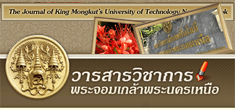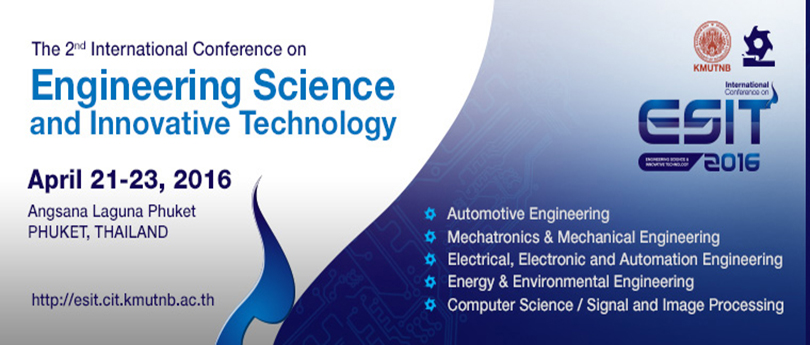บทคัดย่อ
The reaction conditions to hydrolyze konjac powder (KP) were investigated by using a combination of microwave radiation heating and HCl as a catalyst to explore the possibility of glucomannan-oligosaccharides, mannose, and glucose extractions from the polysaccharides of KP. Selective reaction conditions to produce glucomannan-oligosaccharides, mannose, and glucose were determined. The highest yield for glucomannan-oligosaccharides production, at 19.2%, was achieved under the reaction conditions of 110°C, 15 min, 2 M HCl, and 10:1 (mL/g) ratio of reaction volume to KP mass. The highest yield for both mannose and glucose production, at 35.8% and 30.2%, respectively, was achieved under the reaction conditions of 110°C, 15 min, 1.2 M HCl, and 10:1 (mL/g) ratio of reaction volume to KP mass. Only a small amount of 5-HMF at 0.3% was formed and a low level of UV absorbance (284 nm) of hydrolyzed products (HP) at 1.7 was found under these conditions. The combination of microwave radiation (MCR) heating and HCl effectively hydrolyzed konjac powder selectively into glucomannan-oligosaccharides and/or monosaccharides in a relatively short reaction time.
คำสำคัญ : Konjac powder, microwave radiation, hydrolysis, mannose, glucose, glucomannans, 5-HMF




